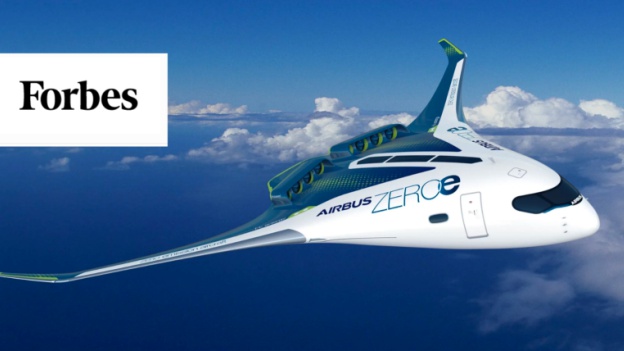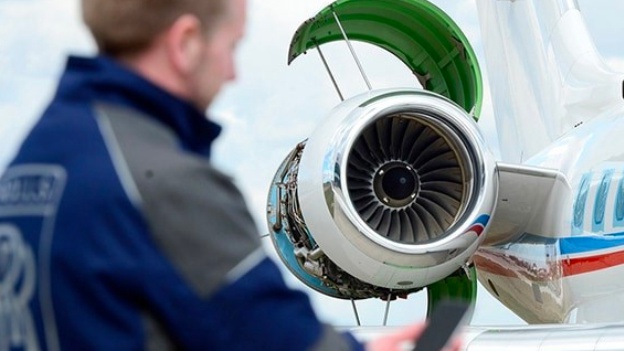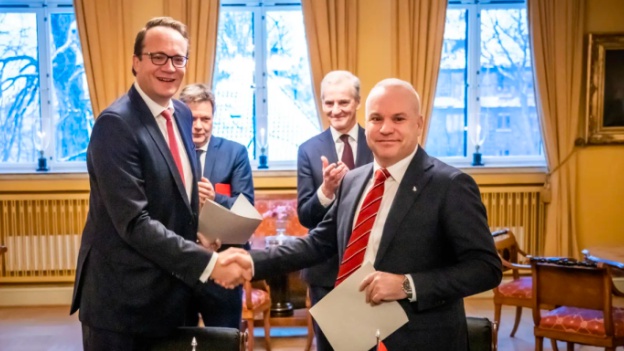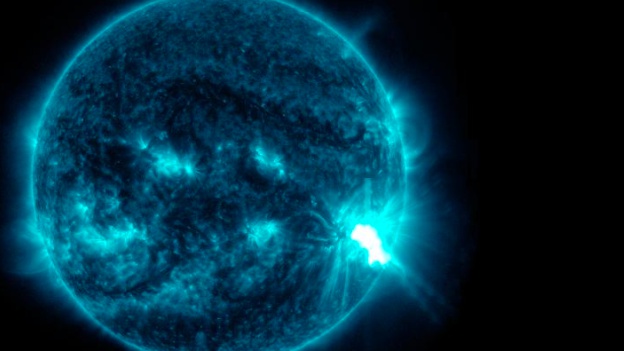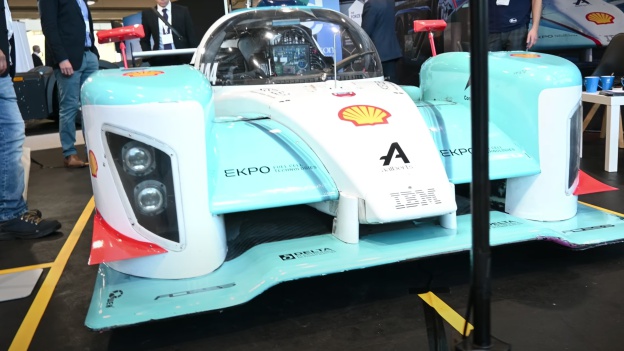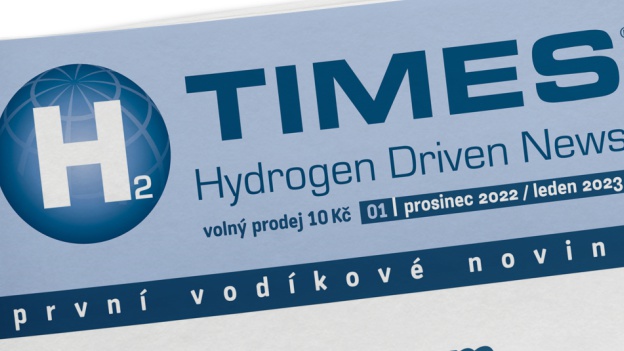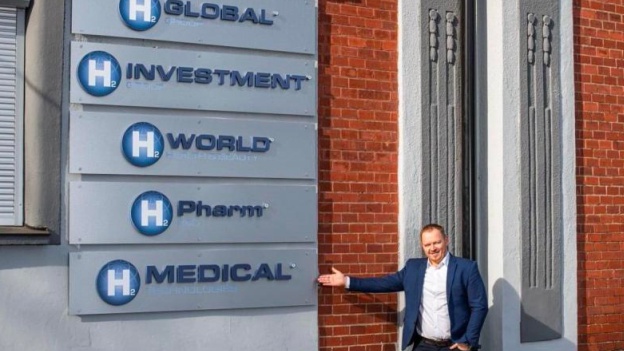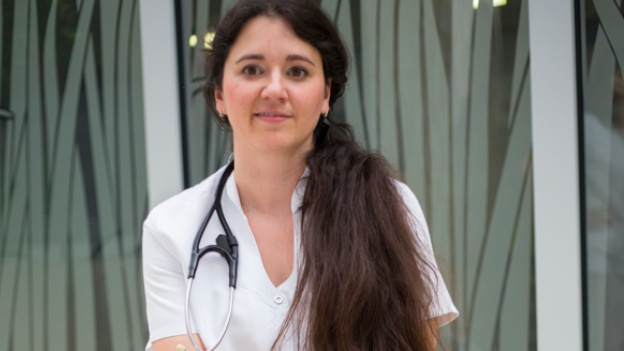The authors of the project, called "OffsH2ore", have proposed a factory that would produce hydrogen directly in the North Sea in an emission-free way. The wind-powered plant could produce up to 50,000 tonnes of green hydrogen per year, which would be transported on ships to ports and existing storage facilities after processing.
Germany's Frauenhofer Institute is a major European research institute that focuses, among other things, on tackling the energy side of the climate crisis. After years of research, scientists there have developed the technical concept and design of a plant for producing hydrogen at sea, from seawater.
"Using electrolysis and an exchange membrane, the project should be able to produce hydrogen, compress it and eventually transport it to land. During electrolysis of water, the chemical bond between hydrogen and oxygen is broken in solution to produce hydrogen gas and oxygen. Currently, the overall efficiency is around 50 to 60 percent, depending on the use of electrolyser technology," news website CT24 reported.
Background - offshore wind farms
Everything is based on offshore wind power. There, the wind blows regularly and in such a way that the installation makes economic sense. The turbine is connected to a 500 megawatt electrolysis platform, so the energy comes from the wind.
The resulting annual product? Up to 50,000 tonnes of emission-free hydrogen. Fresh water for the electrolyzer is obtained by desalinating seawater using the residual heat from the electrolysis.
The hydrogen produced is transported to land after purification and compression on a ship, and up to four hundred tonnes of hydrogen can be transported at a time. Importantly, the concept is independent of the hydrogen transport pipeline.
"A hydrogen supply chain by sea using compressed gaseous hydrogen is technically feasible," the researchers mention. The concept is relatively easy to apply, they say, because it does not involve any new technology.
"Offshore hydrogen production offers the possibility to cover the entire chain on a national level while decoupling the expansion of offshore wind energy from the expansion of the grid," said Marius Holst, who coordinated the project.
Source: https://www.ise.fraunhofer.de/ and CT24
Photo source: Frauenhofer Institut












